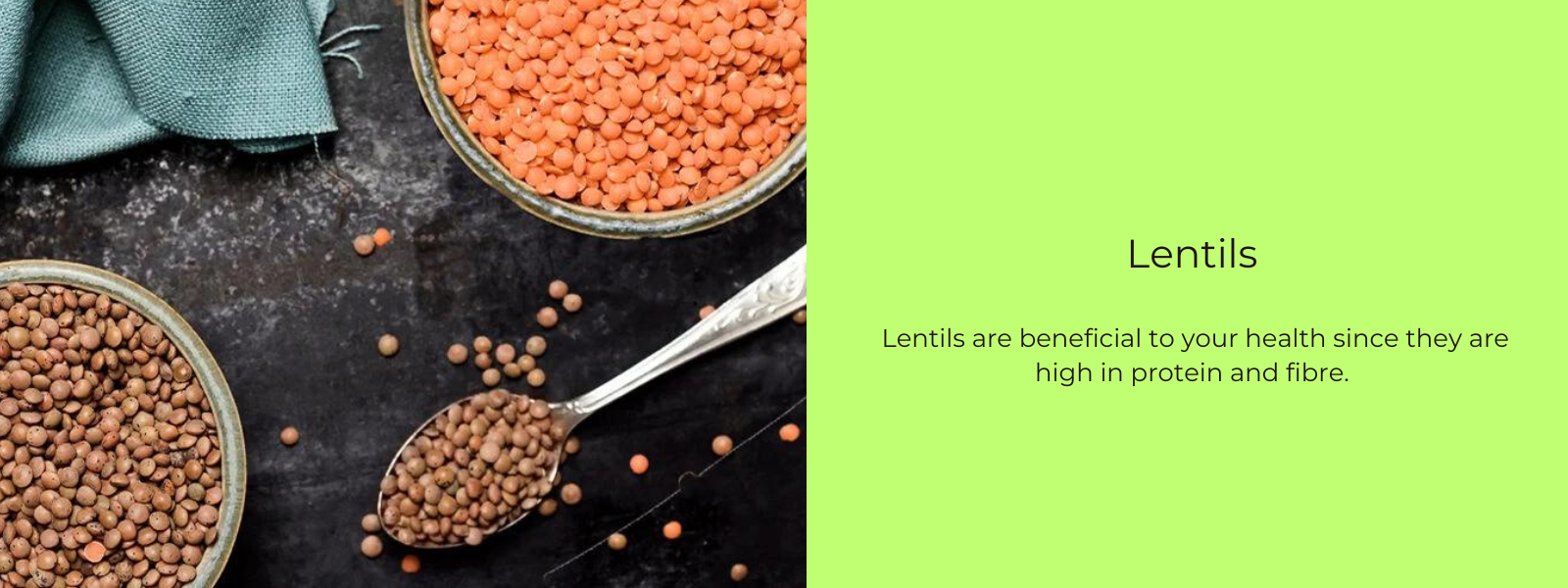Kidney beans, scientifically known as Phaseolus vulgaris, play a significant role in maintaining stable glucose levels due to their nutritional composition and low glycemic index (GI). These versatile legumes are renowned for their ability to provide sustained energy without causing rapid spikes in blood sugar levels. With a low GI, kidney beans release glucose into the bloodstream gradually, helping to prevent sudden fluctuations in blood sugar that can be detrimental for individuals with diabetes or those aiming for stable energy throughout the day. Furthermore, kidney beans are rich in dietary fiber, particularly soluble fiber, which slows down the absorption of glucose from the digestive tract into the bloodstream, contributing to more stable blood sugar levels. Additionally, kidney beans are a valuable source of plant-based protein, promoting satiety and aiding in blood sugar regulation.
Table of Contents
What Are Kidney Beans?
Kidney beans, scientifically known as Phaseolus vulgaris, are a type of legume that belongs to the family Fabaceae. These beans are named for their shape, which resembles that of a kidney. Kidney beans are native to Central and South America and have been cultivated for thousands of years for their culinary and nutritional value.
Kidney beans are oval-shaped and come in a variety of colors, including red, white, and black. The most common type of kidney bean is the dark red kidney bean, which is widely used.
Are Kidney Beans Good For Diabetics?
Kidney beans are indeed beneficial for individuals with diabetes due to several factors. Firstly, they have a low glycemic index (GI), meaning they cause a gradual and modest increase in blood sugar levels after consumption, helping to prevent spikes and crashes. Secondly, kidney beans are rich in dietary fiber, particularly soluble fiber, which slows down the absorption of glucose into the bloodstream, supporting more stable blood sugar levels. Additionally, kidney beans provide plant-based protein, which helps regulate blood sugar levels and promotes satiety. Their nutritional profile also includes essential nutrients like vitamins, minerals, and antioxidants, contributing to overall health and reducing the risk of complications associated with diabetes, such as cardiovascular disease. Incorporating kidney beans into the diet through various culinary preparations offers a nutritious and effective means of supporting blood sugar control and overall well-being for individuals with diabetes. However, it's important to monitor portion sizes and choose healthy cooking methods to maximize their benefits without adding excess fat or calories.
Kidney Beans and Their Role in Maintaining Stable Glucose Levels:
Kidney beans, also known as Rajma, are a type of legume that plays a crucial role in maintaining stable glucose levels due to their nutritional composition and low glycemic index (GI). These beans are commonly used in various cuisines worldwide and are valued for their versatility, affordability, and numerous health benefits, particularly for individuals seeking to manage their blood sugar effectively.
One of the primary reasons kidney beans are beneficial for stabilizing glucose levels is their low glycemic index. The glycemic index is a scale that ranks carbohydrate-containing foods based on how they affect blood sugar levels after consumption. Foods with a low GI release glucose into the bloodstream gradually, resulting in a slower rise in blood sugar levels. Kidney beans have a relatively low GI, making them an excellent choice for individuals looking to prevent spikes and crashes in blood sugar levels, such as those with diabetes or those aiming to maintain stable energy levels throughout the day.
Additionally, kidney beans are rich in dietary fiber, particularly soluble fiber. Fiber plays a crucial role in blood sugar regulation by slowing down the absorption of glucose from the digestive tract into the bloodstream. Soluble fiber forms a gel-like substance in the gut, which helps to trap carbohydrates and sugars, preventing them from being rapidly absorbed. As a result, consuming kidney beans can lead to more gradual and stable increases in blood sugar levels, reducing the risk of hyperglycemia.
A one-cup serving of cooked kidney beans provides a significant amount of dietary fiber, typically around 11 grams. This substantial fiber content not only supports blood sugar control but also promotes digestive health, aids in weight management by promoting feelings of fullness, and reduces the risk of cardiovascular disease.
Furthermore, kidney beans are a good source of plant-based protein, with approximately 15 grams of protein per cooked cup. Protein plays a vital role in blood sugar regulation by slowing down the absorption of carbohydrates and promoting satiety, which can help control appetite and prevent overeating. Incorporating kidney beans into meals can provide a balanced source of protein, especially for individuals following a vegetarian or vegan diet.
In addition to their low GI, high fiber, and protein content, kidney beans are also rich in essential nutrients such as vitamins, minerals, and antioxidants. These nutrients contribute to overall health and well-being and help reduce the risk of chronic diseases associated with diabetes, such as cardiovascular disease and inflammation.
Healthy Ways To Consume Kidney Beans:
Incorporating kidney beans into your diet in healthy and delicious ways can help maintain stable glucose levels. Here are some ideas:
- Bean Salad: Create a nutrient-packed salad with kidney beans as the star ingredient. Combine cooked kidney beans with mixed greens, diced vegetables like tomatoes, cucumbers, and bell peppers, and fresh herbs. Dress the salad with a light vinaigrette made with olive oil, lemon juice, and herbs for added flavor without excess sugar or fat.
- Bean Soups and Stews: Prepare hearty soups and stews using kidney beans as a base. Combine kidney beans with other vegetables, such as carrots, celery, and onions, along with herbs and spices. Opt for low-sodium broth or homemade vegetable broth to control sodium intake. Serve the soup with a side of whole grain bread or crackers for a balanced meal.
- Bean Chili: Whip up a flavorful bean chili using kidney beans, diced tomatoes, onions, garlic, chili powder, and other spices. Add vegetables like bell peppers, zucchini, and corn for extra fiber and nutrients. Serve the chili over brown rice or quinoa for a filling and nutritious meal that supports stable glucose levels.
- Bean Tacos or Burritos: Create delicious and healthy tacos or burritos using kidney beans as a vegetarian protein option. Fill whole grain tortillas with cooked kidney beans, shredded lettuce, diced tomatoes, avocado slices, and salsa. Top with a dollop of Greek yogurt or guacamole for added creaminess and flavor.
- Bean Dip: Make a homemade bean dip using kidney beans, garlic, lemon juice, and olive oil. Blend the ingredients until smooth and creamy, adding a splash of water if needed to reach the desired consistency. Serve the bean dip with sliced vegetables, whole grain crackers, or whole grain pita bread for a satisfying snack or appetizer.
- Bean Burgers: Prepare homemade bean burgers using mashed kidney beans, breadcrumbs, eggs, and seasonings. Form the mixture into patties and cook them on a grill or stovetop until golden brown. Serve the bean burgers on whole grain buns with lettuce, tomato, and avocado for a nutritious and satisfying meal.
-
Bean and Vegetable Stir-Fry: Stir-fry kidney beans with a variety of colorful vegetables like broccoli, bell peppers, snap peas, and carrots. Season with ginger, garlic, soy sauce, and a touch of honey or maple syrup for sweetness. Serve the stir-fry over brown rice or quinoa for a balanced and flavorful dish.
Popular Kidney Beans Recipes For Diabetics:
Here are some popular Indian recipes featuring kidney beans that can help maintain stable glucose levels:
- Rajma (Kidney Bean Curry): Rajma is a classic North Indian dish made with kidney beans cooked in a flavorful tomato-based gravy. To keep it diabetes-friendly, use minimal oil and sugar, and focus on enhancing the flavor with aromatic spices like cumin, coriander, turmeric, and garam masala. Serve rajma with whole grain rice or roti for a balanced and satisfying meal.
- Kidney Bean Salad (Rajma Chaat): Rajma chaat is a nutritious and delicious salad made with kidney beans, chopped onions, tomatoes, cucumbers, and fresh herbs like cilantro and mint. Season with chaat masala, lemon juice, and a drizzle of yogurt for added flavor. Rajma chaat is low in fat and high in fiber, making it an excellent choice for maintaining stable glucose levels.
- Kidney Bean Soup (Rajma Soup): Rajma soup is a comforting and hearty dish made with kidney beans cooked in a flavorful broth with onions, tomatoes, garlic, and spices. To keep it diabetes-friendly, opt for low-sodium broth and use minimal oil. Serve rajma soup with a side of whole grain bread or crackers for a balanced and nutritious meal.
- Kidney Bean Curry with Spinach (Rajma Palak): Rajma palak is a nutritious and flavorful curry made with kidney beans and spinach cooked in a spicy tomato-based sauce. Spinach is low in calories and carbohydrates and rich in fiber, vitamins, and minerals, making it an excellent choice for diabetes management. Serve rajma palak with whole grain rice or roti for a balanced and satisfying meal.











Leave a comment